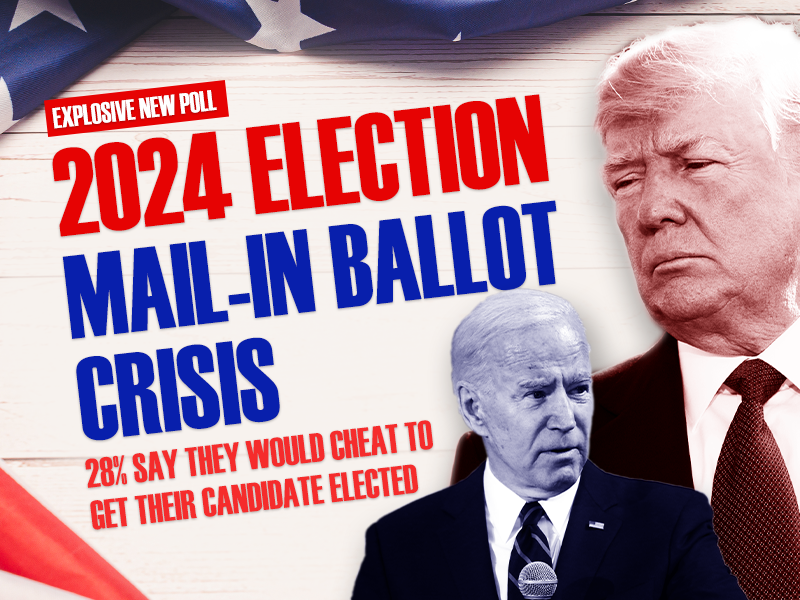The new law also gives the legislative California Air Resources Board more power in carrying out the state’s climate programs.The following statements from environmental policy experts at The Heartland Institute – a free-market think tank – may be used for attribution. For more comments, refer to the contact information below. To book a Heartland guest on your program, please contact Director of Communications Jim Lakely at [email protected] and 312/377-4000 or (cell) 312/731-9364.
“To some extent, meeting California’s new standards will be easy, since much of the electric power Californians’ receive, like their water supplies, comes from supplies built and subsidized by federal taxpayers. For instance, the state gets a lot of electricity from hydroelectric dams in the Pacific Northwest. It’s easy being green when you impose the environmental costs of your decisions on people in other states and the economic costs on people throughout the nation.
“Brown’s signature will cost the state economically, as businesses and entrepreneurs increasingly flee California’s anti-business environment. The higher energy costs and increased unreliability of the state’s electric grid resulting from this law, should the state actually try and enforce it, are just more nails in California’s economic coffin – with future politicians, ratepayers, and businesses paying the price for the climate mania of Gov. Moonbeam and the legislature’s liberal Democrats.”
H. Sterling Burnett
Research Fellow, Environment and Energy Policy
The Heartland Institute
Managing Editor, Environment & Climate News
[email protected]
800/859-1154
“Gov. Moonbeam and other supporters of this law justify its necessity to the people of California by saying it will be a boon to the poor, who will have cleaner air to breathe. Maybe so, but they’ll also be even poorer and probably less healthy because of it. The wind and solar power energy sources forced on consumers by legislation such as this are much more expensive than conventional power – more than twice as expensive for wind, three times so for solar.
“The real way to help California’s poor would be repealing this stupid law and the state’s renewable portfolio standards. Living standards will then increase, because lower-cost electricity frees up money for consumers to purchase additional goods and services that improve their lives. In turn, economic growth and jobs increase, because the newly available money spent on additional goods and services creates more jobs throughout the economy.”
Tim Benson
Policy Analyst
The Heartland Institute
[email protected]
312/377-4000
“Gov. Brown and the environmental lobby in California are celebrating this new law, but the future is darker for consumers, employees, and businesses. It looks as though California’s biggest export will continue to be it citizens.”
Bette Grande
Research Fellow, Energy Policy
The Heartland Institute
[email protected]
312/377-4000
Ms. Grande represented the 41st District in the North Dakota Legislature from 1996 to 2014.
“Carbon is a perfectly respectable element on the periodic table. It is innocent in terms of greenhouses. It only becomes embroiled in climate angst when it becomes mixed up with nasty oxygen molecules. Oxygen is bad company for carbon if you do not like carbon dioxide. Could we reduce the amount of oxygen instead? I wonder if there is such a thing as oxygen sequestration. Would it be so bad? Such ridiculous directives about climate leave sensible people breathless anyway.”
Christopher Essex
Professor, Department of Applied Mathematics
University of Western Ontario
[email protected]
519/661-3649
“The new California law to reduce carbon-dioxide emissions to 40 percent of the 1990 level by 2030 has as much credibility as a law to repeal the second law of thermodynamics.”
Walter Starck
Policy Advisor, Environment
The Heartland Institute
[email protected]
312/377-4000
“In announcing California’s new draconian carbon-dioxide emissions restrictions, Gov. Brown said: ‘If we don’t stop climate change, it’s not going to be 110 in Imperial County; it’s going to be 130, 135! Not for a few days or a few weeks, but for months on end!’ Brown’s statement is ridiculous, no matter what you believe about the causes of climate change. Even California cannot stop climate change, which has been happening for billions of years, since the origin of the atmosphere. Asserting that our impact will cause a 25-degree Celsius change anywhere on the planet is juvenile science fiction.
“The U.N. Intergovernmental Panel on Climate Change estimated in its latest assessment report surface temperature, averaged over all land and ocean surfaces, increased only 1.53 degrees Fahrenheit from 1880 to 2012, and a significant portion of that would have been part of a natural climate cycle coming out of the Little Ice Age. This means our contribution to the change that has occurred in those 132 years is something less than 1.53 degrees Fahrenheit, a far cry from Brown’s excited forecast.”
Tom Harris
Executive Director
International Climate Science Coalition
Ottawa, Canada
Policy Advisor, Energy and Environment
The Heartland Institute
[email protected]
312/377-4000
“The reason Gov. Brown waited until now to sign two bills mandating drastic reductions in greenhouse-gas emissions in his state is because he first had to destroy farming in California. Farming accounts for more greenhouse gas than any other industry, sector, or activity: a whopping 37 percent of a developed nation’s entire total greenhouse-gas emissions! Naturally, global-warming and organic activists – who happen to be one and the same – try to place the blame for all of this so-called ‘pollution’ on factory farms that rely on modern, science-based technology, such as synthetic nitrogen fertilizer, and on food-miles that result from the shipment of food from out-of-state or out-of-country sources. They’re wrong on both counts.
“First, the carbon footprint of organic fertilizer (compost) is on the order of 14 times higher than that of conventional fertilizer made with the Haber-Bosch ammonia-synthesis process. Second, even when local, organic food isn’t fertilized with compost, it is nonetheless responsible for drastically elevated greenhouse-gas emissions, because it turns out only 11 percent of CO2 emissions associated with food is generated by transporting it (it can be as low as 4 percent, even when crossing the world’s oceans), while 80 percent is emitted in on-farm production, an area where big farms are naturally much more efficient.
“The truth is it will always take a certain amount of energy, along with a certain amount of methane and CO2, to produce a given amount of food. What are we supposed to do? Starve to supposedly save the planet?
“Welcome to the new normal folks. Global-warming activists have known all along that greater than one-third of a developed nation’s greenhouse-gas emissions come from farming and that greater than three-quarters of agricultural emissions occur on the farm. Clearly, destroying farming in California was a prerequisite to Gov. Brown’s decision to sign these two draconian bills. Otherwise it would have been an empty gesture.”
Mischa Popoff
Policy Advisor
The Heartland Institute
[email protected]
312/377-4000
The Heartland Institute is a 32-year-old national nonprofit organization headquartered in Arlington Heights, Illinois. Its mission is to discover, develop, and promote free-market solutions to social and economic problems. For more information, visit our website or call 312/377-4000.









